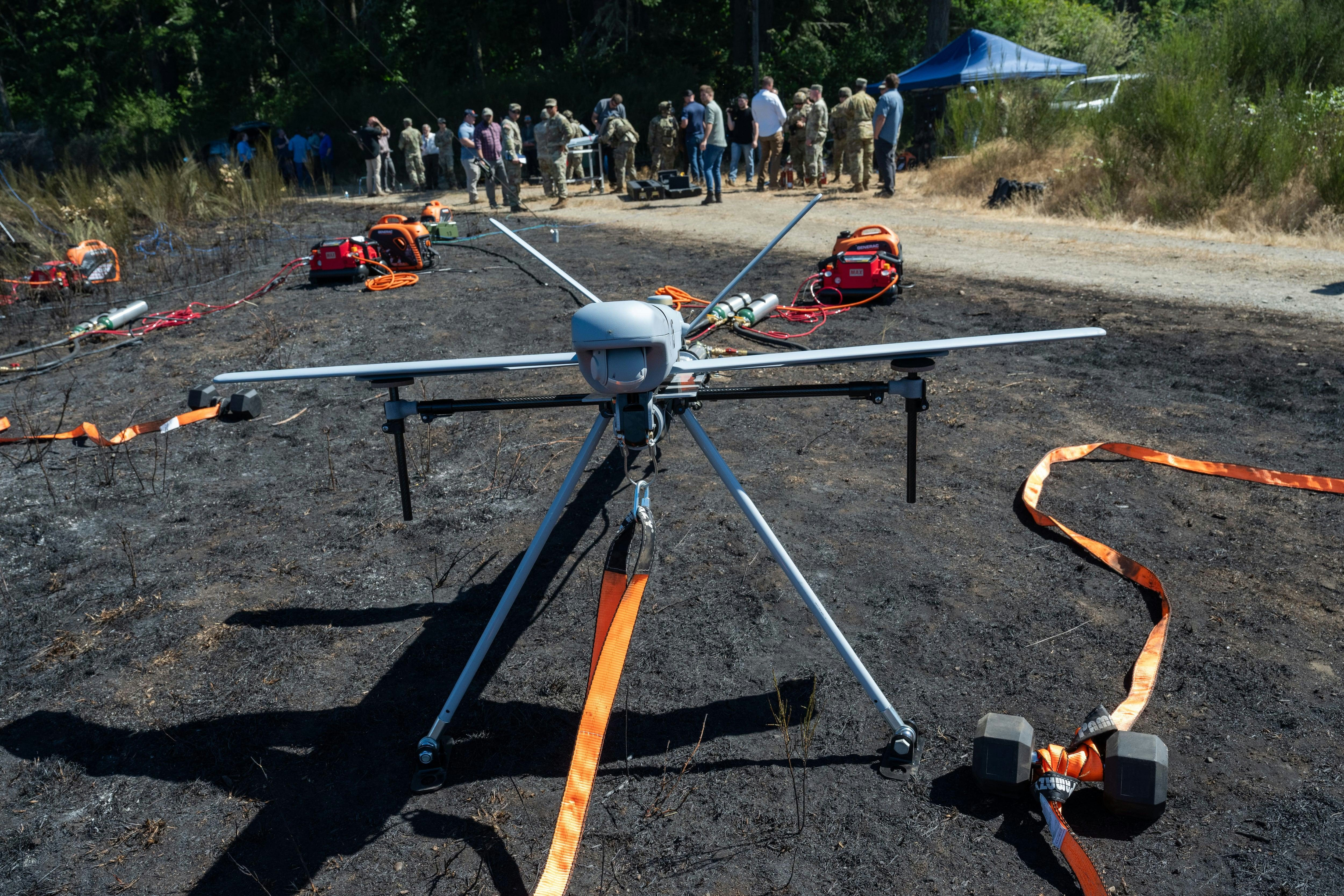
AeroGenie — 您的智能副驾驶。
热门趋势
Categories
AI Advances Transform Weather Forecasting for Pilots
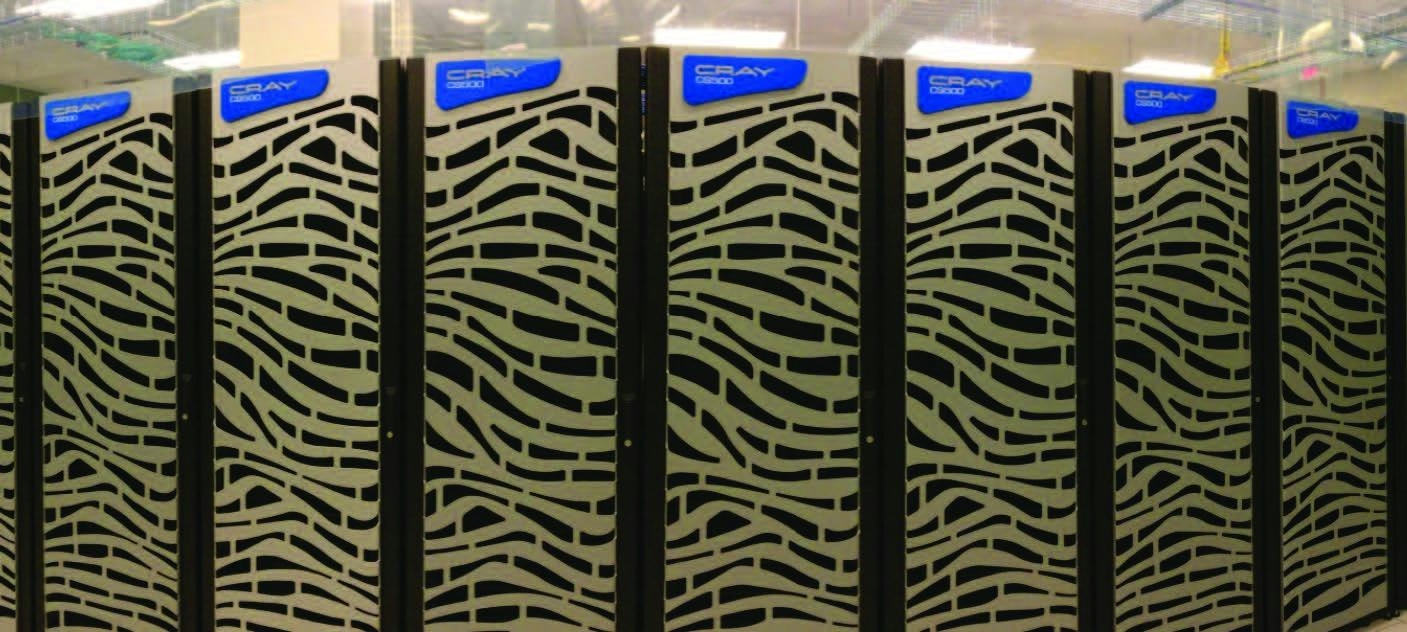
AI Advances Transform Weather Forecasting for Pilots
Artificial intelligence has evolved from a mere buzzword into a transformative force across numerous industries, with weather forecasting emerging as a key beneficiary. Traditionally, weather prediction has relied on numerical weather prediction (NWP) models—complex computational systems that process extensive observational data to forecast atmospheric conditions. For pilots, these forecasts are indispensable, underpinning safe and efficient flight operations.
Revolutionizing Weather Data Analysis
The integration of AI with cutting-edge technologies such as quantum computing promises to fundamentally change how weather information is delivered and utilized by pilots. AI models possess the capability to analyze and interpret vast quantities of weather data at unprecedented speeds and scales, potentially offering forecasts that are both more accurate and timely. This advancement could enable pilots to make better-informed decisions, enhancing safety and operational efficiency in aviation.
However, the incorporation of AI into weather forecasting presents significant challenges. Effective forecasting demands the integration of diverse data sources, including surface observations like METARs and SPECIs, radiosonde data from weather balloons, satellite imagery, aircraft reports, and ground-based radar systems such as NEXRAD. Despite this wealth of information, data coverage remains uneven, particularly over oceanic regions, complicating efforts to model the atmosphere in three dimensions with full precision.
Challenges and Industry Response
AI models must demonstrate reliability in the face of unpredictable and rapidly changing weather patterns. The ability to process data in real time and adapt swiftly to evolving conditions is critical, especially in aviation where safety considerations are paramount. Moreover, regulatory and safety frameworks will need to evolve in tandem with these technological advancements, necessitating close collaboration among technology developers, regulatory bodies, and the aviation sector.
The market is already responding to these innovations. Airlines are increasingly adopting AI-enhanced forecasting tools to improve operational efficiency and safety. Competition is intensifying as companies develop more sophisticated AI algorithms and forge partnerships with technology firms to enhance forecast accuracy. These developments extend beyond aviation; for instance, the agriculture sector is leveraging AI-driven weather prediction to facilitate precision farming and optimize resource management. Although challenges such as data standardization and model accuracy persist, the AI-driven agriculture market is expected to expand significantly in response to growing demand for efficient, data-centric solutions.
While still in its early stages, AI-powered weather forecasting is advancing rapidly. The path forward remains to be fully defined, with substantial obstacles to overcome before these technologies can be routinely integrated into decision-making processes for general aviation pilots. Nonetheless, the promise of faster, more precise forecasts and improved safety indicates that AI will play a pivotal role in shaping the future of weather prediction both in the cockpit and beyond.

Lufthansa's Fleet Plans for 2025
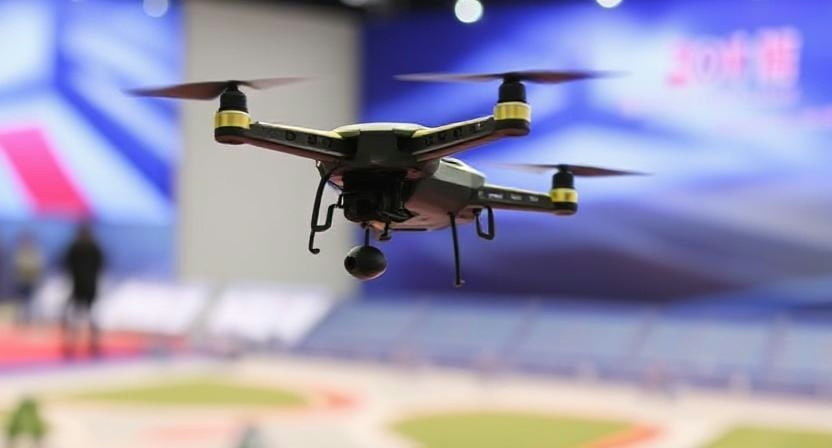
Fifteenth National Games Model Aviation Finals in Longhua Showcase Drone Sports and Innovation

Brazilian Woman Becomes First Female Captain of Airbus A380
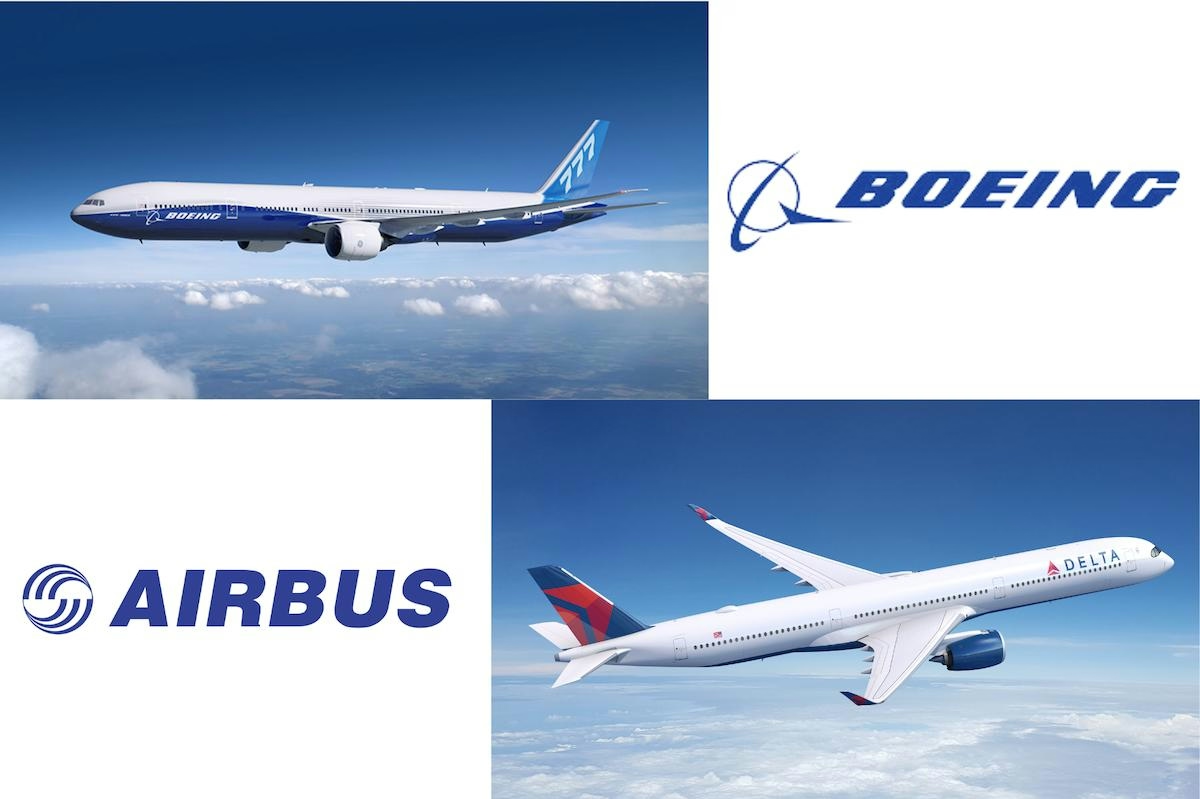
Airbus and Boeing: Comparing Their Global Reach

Vietjet Orders 100 Airbus A321neo Jets, Strengthening UK-Vietnam Strategic Partnership

The Aircraft Set to Replace the Iconic Superjumbo

Delta Air Lines Introduces AI-Powered Concierge Service
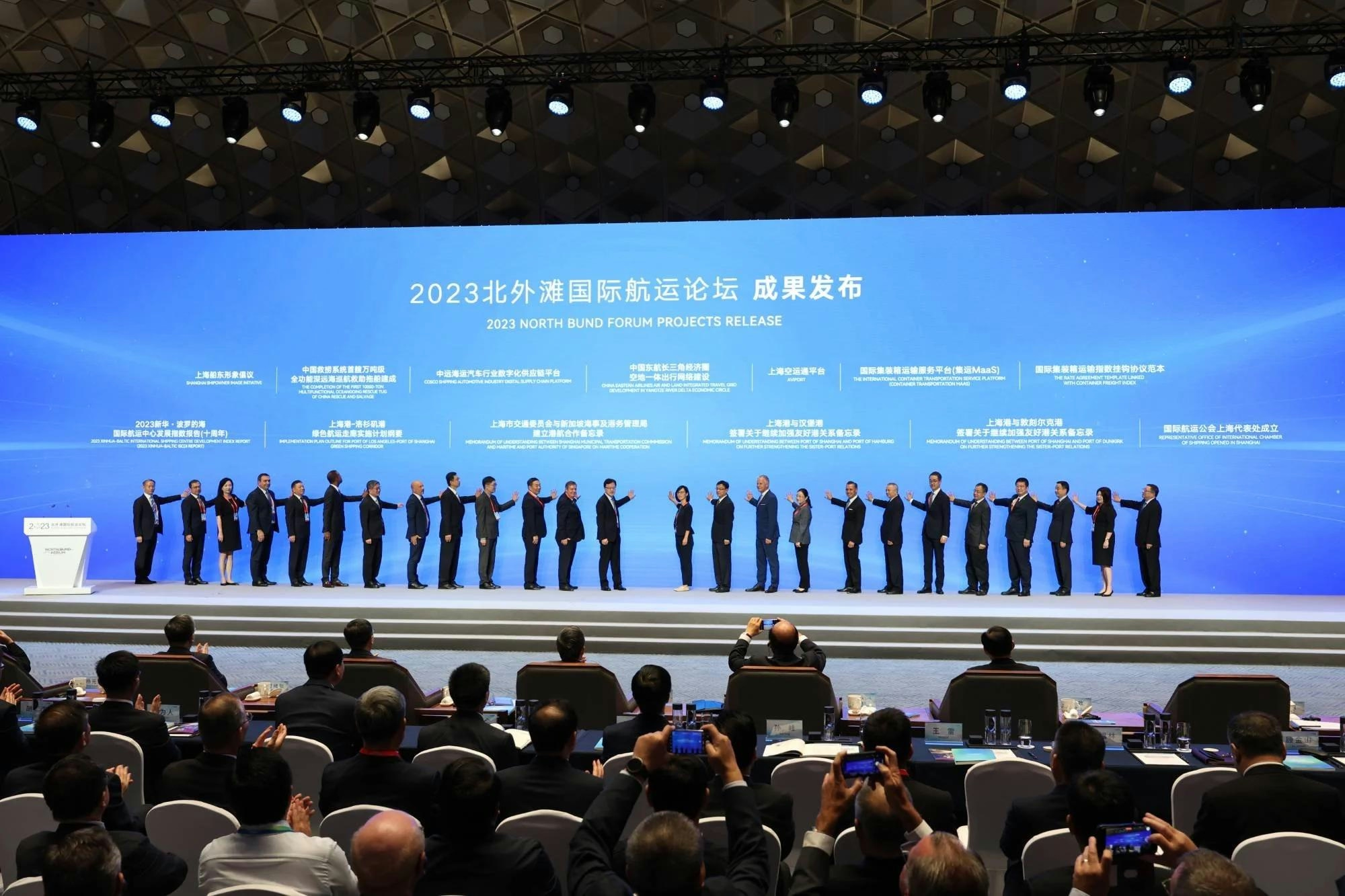
Shanghai to Host 2025 North Bund International Aviation Forum
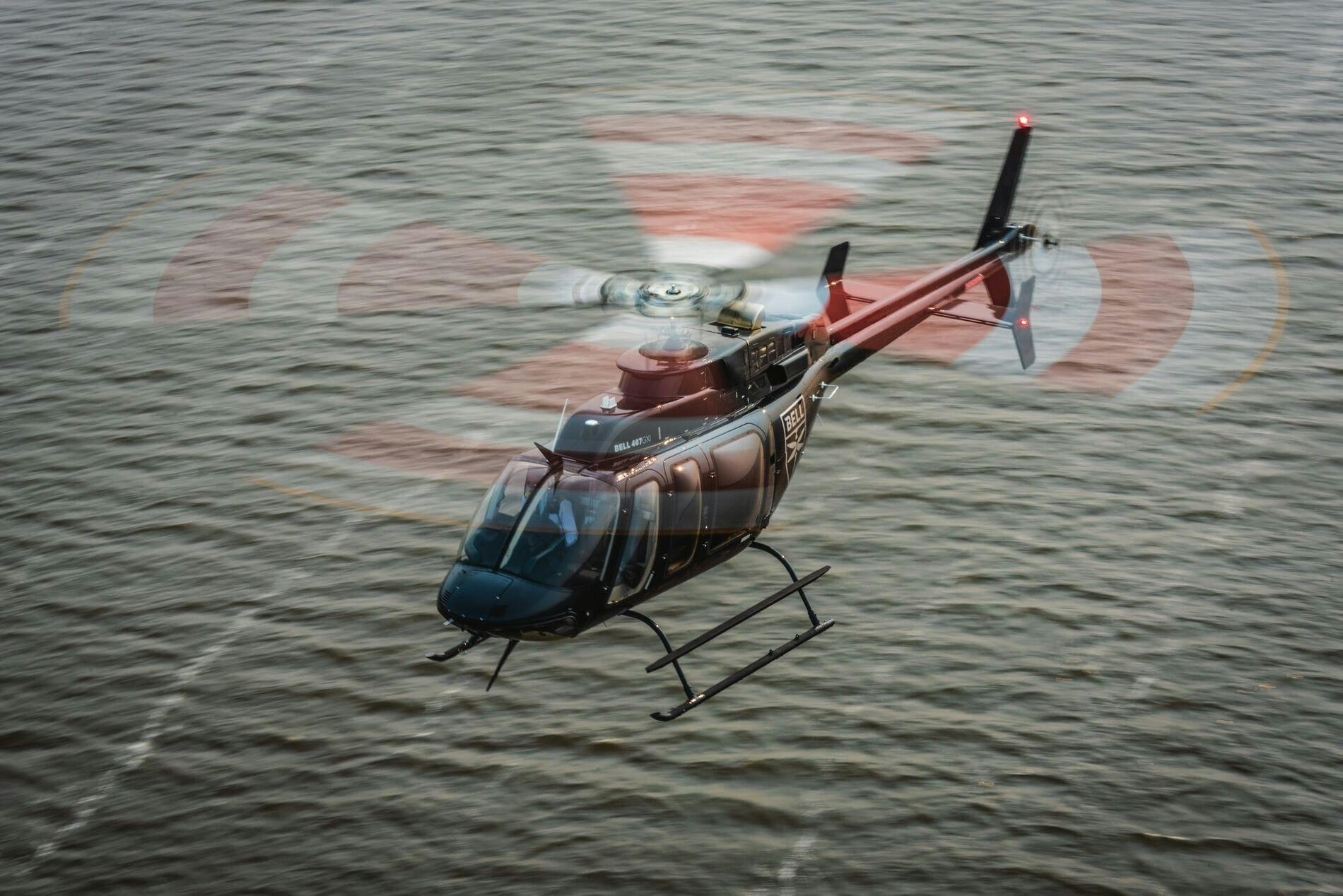
Air Methods Acquires Three Bell 407GX Helicopters and Receives Bell 429 for Medical Fleet
